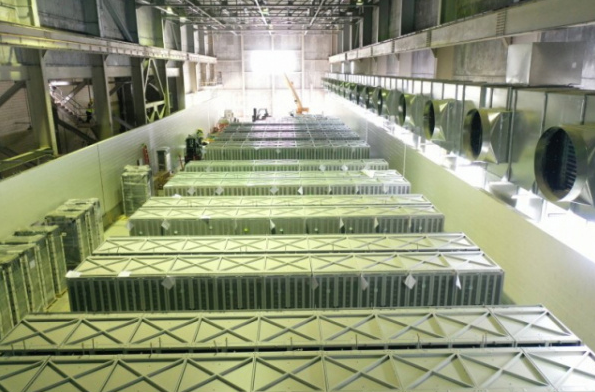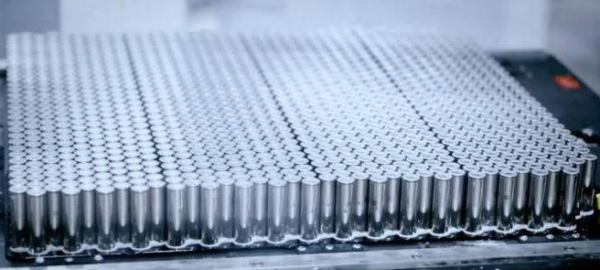According to reports, LG New Energy will invest 580 billion won (about 3 billion yuan) to expand 9 GWh of 4680 cylindrical battery capacity at its second plant in Ochang, North Chungcheong Province, South Korea, and is expected to start large-scale production in the second half of 2023. mass production.
The 4680 battery is a large cylindrical battery with a diameter of 46 mm and a height of 80 mm, which has the advantages of high cruising range and low cost. Tesla officially announced in 2020 that the 4680 large cylindrical battery will become its main technical route.

The Korea Economic Daily said that LG New Energy’s Wuchang Second Factory will supply Tesla, and it is estimated that LG New Energy will receive nearly 2 trillion won (about 10.4 billion yuan) from Tesla’s 4680 battery orders each year. ‘s earnings.
LG New Energy also announced that it will also invest 150 billion won (about 780 million yuan) in the Wuchang No. 1 factory to expand the 4 GWh 2170 cylindrical battery capacity.
LG Group announced on May 26 that by 2026, the group will invest 106 trillion won (about 561.8 billion yuan) in core businesses such as power batteries, including a new cylindrical battery production line at the Wuchang factory.

LG New Energy’s main customers include car companies such as Tesla, General Motors, and Volkswagen, and currently have battery production bases in the United States, China, and South Korea.
Among them, LG New Energy announced in March the establishment of its second wholly-owned power battery factory in Arizona, the United States, which is the first cylindrical battery factory operated by LG New Energy in the United States.
The total investment of the factory is 1.7 trillion won (about 8.84 billion yuan), and the annual production capacity is 11 GWh. It is planned to start production in the second half of 2024.
The Korea Economic Daily also predicted that LG New Energy will compete with CATL (300750. SZ) for Tesla’s power battery orders. The report believes that CATL currently only supplies lithium iron phosphate batteries to Tesla. Although the company has plans to enter the field of cylindrical batteries, its progress lags behind its competitors.
